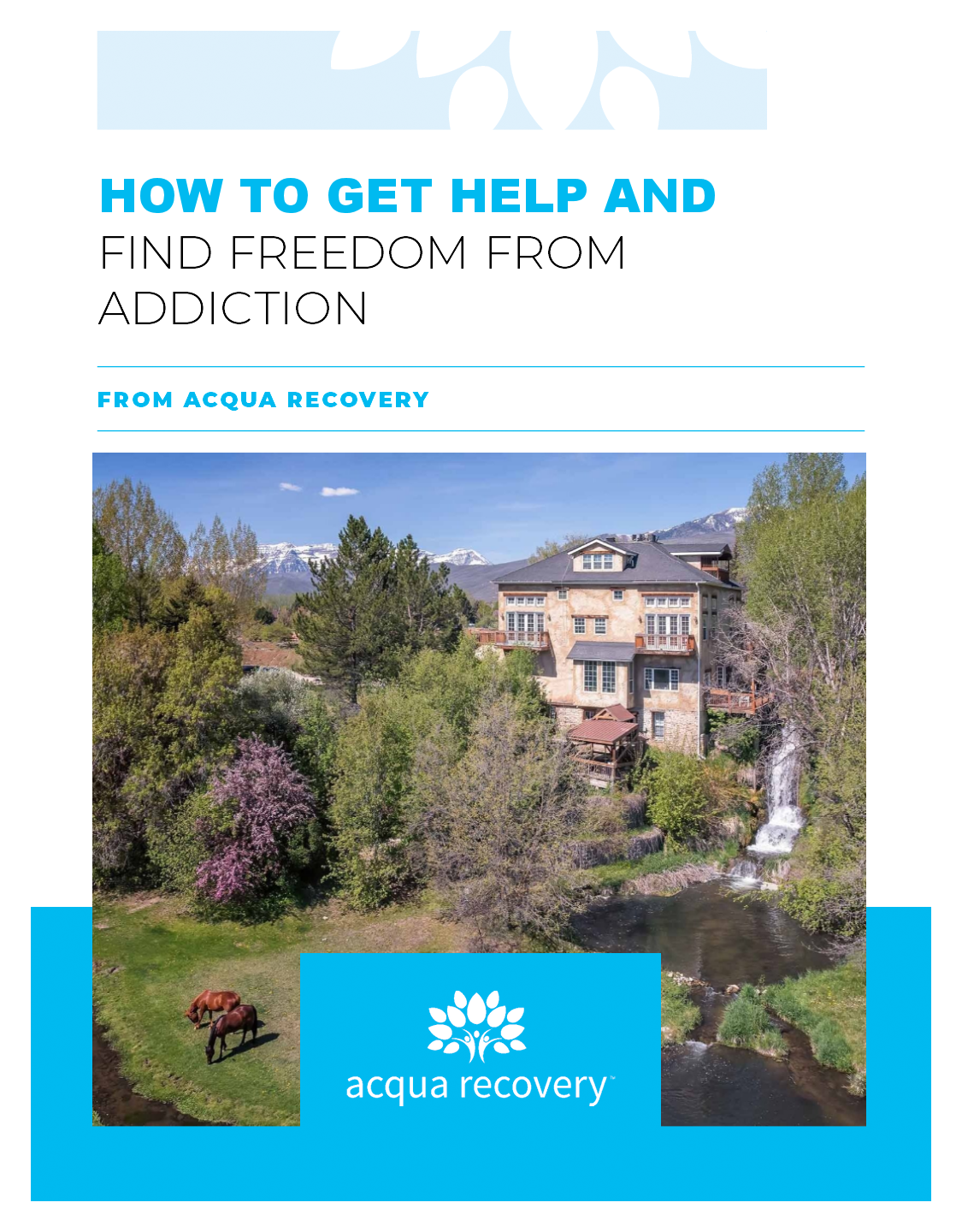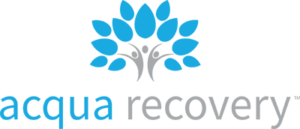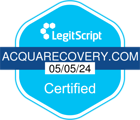PTSD and Addiction Treatment in Utah
According to our latest analysis, 85% of Acqua Recovery clients reported at least moderate symptoms of depression, anxiety, PTSD, or another mental health issue at intake. That number is not surprising: Drug and alcohol abuse is often a symptom of deeper trauma and mental health issues. Luckily, treatment can help. The severity of symptoms drops drastically for most patients after treatment, with quality of life increasing at the same time. If you think that PTSD or another mental health disorder might be behind your spouse’s drinking or drug abuse, residential addiction treatment could be the solution.
Post-Traumatic Stress (PTSD) & Addiction
Approximately 25% of people will experience a traumatic life event before the age of 45 — and it might not be what you think. Clinicians often refer to “Big T” trauma, like military service, sexual assault, and other major life disruptions, but “little t” trauma can be just as damaging. That’s the kind of trauma you might experience from losing a pet, non-life-threatening injury, or emotional abuse. While some people can process that kind of trauma quite easily, for others it can be just as distressing as some “Big T” trauma situations.
Either way, anyone who experiences any kind of trauma is at risk of developing PTSD, or Post-Traumatic Stress Disorder. PTSD occurs when an individual’s body has a negative physical and emotional reaction to traumatic stress. It is truly disabling when the individual re-experiences the trauma in night terrors, flashbacks, or intrusive uncontrollable thoughts and memories. They also may experience hyper-arousal of the senses and have physical reactions to sights, sounds, touch, or taste. Or, they experience a type of avoidance, where they do not want to be around people, places, or things that remind them of the trauma they faced.
For many, drugs or alcohol are a way out. Self-medication never solves the problem, however. Worse, it can often lead to addiction.
Veterans, First Responders & PTSD
Some careers regularly place individuals on the frontlines of traumatic situations. Those who enter these careers usually know the difficulties they may face, but that awareness does not make the effects of the trauma any less severe.
Those who are first responders (police, fire, paramedics) face many different types of trauma on a regular basis: from accidents to terrorism and natural disasters. They are the heroes stepping into severe situations while everyone is running away. They are the ones who help the helpless at risk to themselves. Very often, PTSD is a result.
At the same time, the men and women who fight to protect our freedom in the military experience severely traumatizing situations in combat. Being on the frontlines in battle and witnessing people experience bodily harm or even death causes serious effects for them mentally and emotionally. Worse, returning home to civilian life can be jarring and that transition comes with traumatizing instances of its own.
In either case, self-medicating with drugs or alcohol often leads to addiction and a worsening of PTSD symptoms. These heroes deserve freedom from addiction, and professional treatment is the answer.
Residential Treatment for PTSD and Addictions
No one can ever take back what your loved one has experienced. But even the worst trauma can be healed to the point that they can enjoy life again.
In almost all cases, professional treatment is necessary to help heal from the effects of PTSD. In residential addiction treatment, your loved one can focus on digging down to the root of their pain, without the numbing effects of drugs and alcohol. Caring professionals will help them approach, understand, and heal their trauma in a safe, supportive environment.
It is only by healing that trauma and learning coping skills that your loved one can experience true freedom from addiction — and the grips of PTSD.
To learn more about the customized treatment we offer veterans and others struggling with addictions and PTSD, please contact us here. We can help.

Dr. Pickrell is a board-certified psychiatrist with interests in addiction and psychiatry. He strives to identify the underlying cause of substance use. His understanding of addiction as the overlapping symptoms of biopsychosocial development is the foundation to his care model. He is committed to helping both patients and families understand that addiction is a treatable medical illness. He has been involved in the treatment of addiction for the last 17 years and completed his residency training at the University of Utah.










